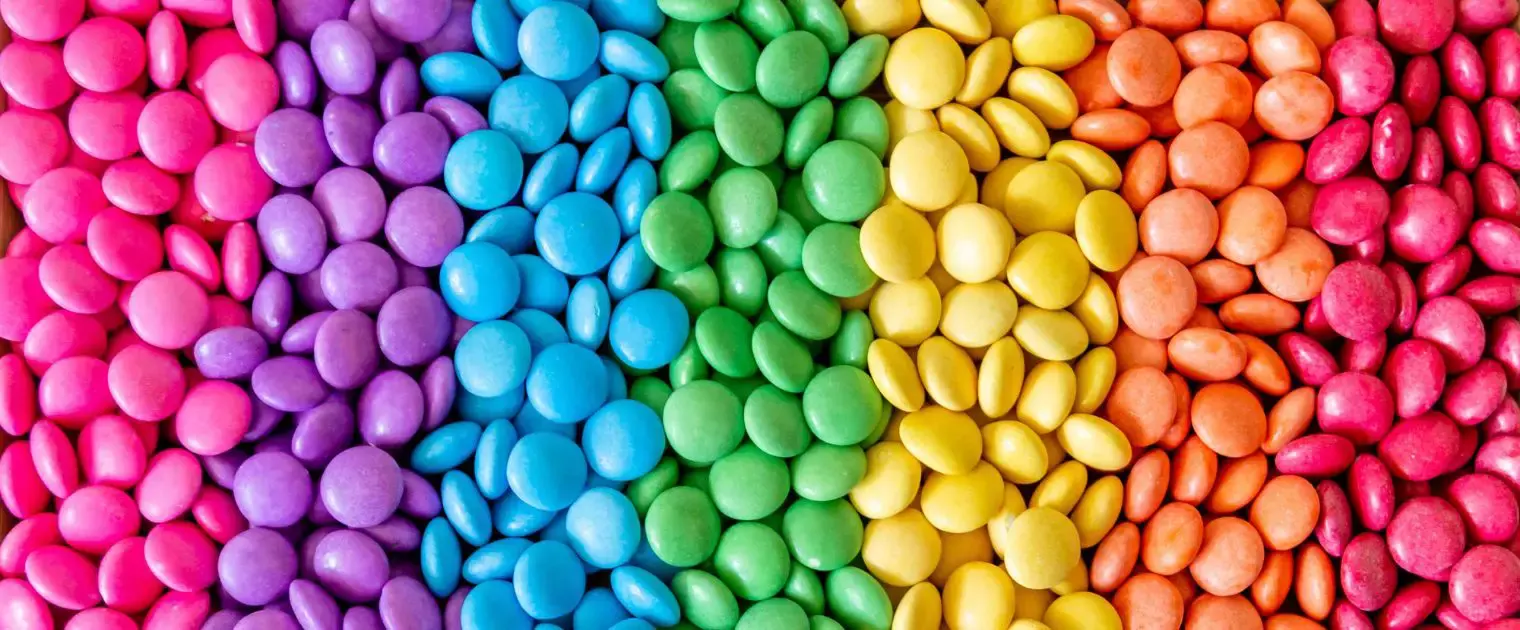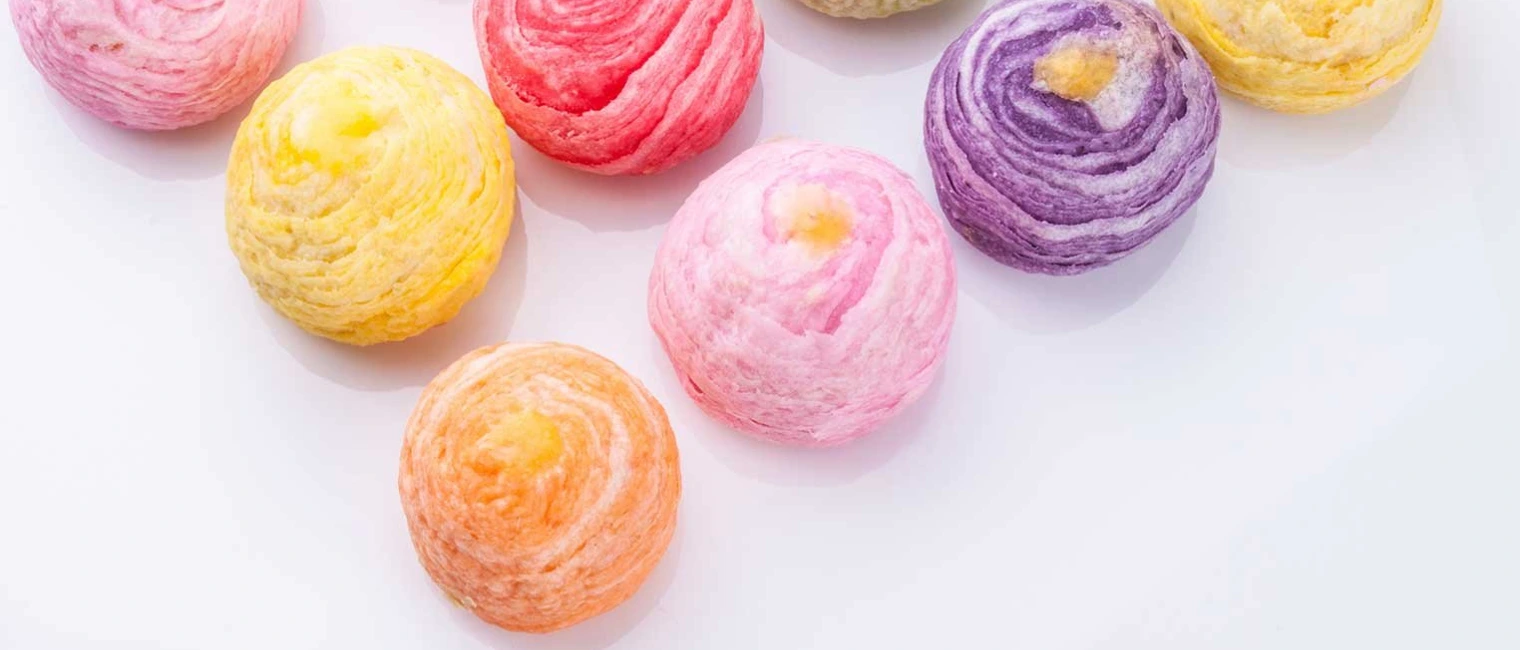With every passing day, consumers’ food and dietary preferences are changing. For example, today an increasing number of consumers are becoming more inclined towards natural and organic food products.
Considering these ever-evolving preferences, food manufacturers need to carefully select the right coloring agents to ensure that the final product meets the desired aesthetic requirements.
However, choosing the correct food coloring agent is not a guessing game. It is a meticulous science based on various factors like the particular food’s pH level, fat content, processing temperature, and its final appearance and flavor.
In this blog post, let’s deep-dive on the 4 key factors to consider when choosing the right food coloring agent.
The pH level of the food
The pH level indicates the acidity or alkalinity of the food. Since different food coloring agents have different pH ranges in which they work effectively, choosing the right coloring agent depends on the specific pH level of that particular food.
For example, beverages like soft drinks require acid-stable colorings like carmine, whereas for neutral to slightly acidic foods like yogurts, natural coloring agents like anthocyanins work the best.
The fat content of the food
Food coloring agents are broadly categorized in two types: water-soluble and oil-soluble. Since the fat content of the food directly impacts the dispersion and stability of food coloring agents, it is imperative to choose the type of coloring agent depending on the fat content of the particular food.
For example, oil-soluble food coloring agents like beta-carotene and annatto dissolve easily in fat and hence work better for high-fat foods like chocolate or cream-based products. Contrarily, for low-fat beverages like fruit juices and sports drinks, water-soluble coloring agents like anthocyanins and turmeric work the best.
The processing temperature of the food
The temperatures at which the food is processed significantly affect the stability of certain coloring agents. For example, natural coloring agents like anthocyanins and carotenoids are sensitive to high temperatures and can degrade during processing making them a poor choice for baked food products. On the other hand, many synthetic food coloring agents can withstand high-temperature processing that make them suitable for baked products.
The final appearance and appeal of the food product
The final appearance of a food product is critical to its acceptance. Since the color of food conveys a particular flavour, the type of food color used can influence the final appearance and appeal of the product. For example, yellow and orange colors often connote citrus flavors, while the red color is commonly used for strawberry or cherry flavors.
ROHA’s wide range of synthetic and natural food colors
Over the last 5 decades, ROHA has been the pushing the innovation envelope with its wide range of synthetic and natural food colors. With state-of-the-art Technical Labs and expert team of highly trained and experienced color technologists spread around the world, ROHA works closely with food manufacturers to co-create the right food colors for a wide range of food products.
To learn how ROHA can help you create visually stunning and nutritious food products, please visit http://roha.com/food-ingredients or get in touch with us at contact@rohagroup.com






Global
Simpsons